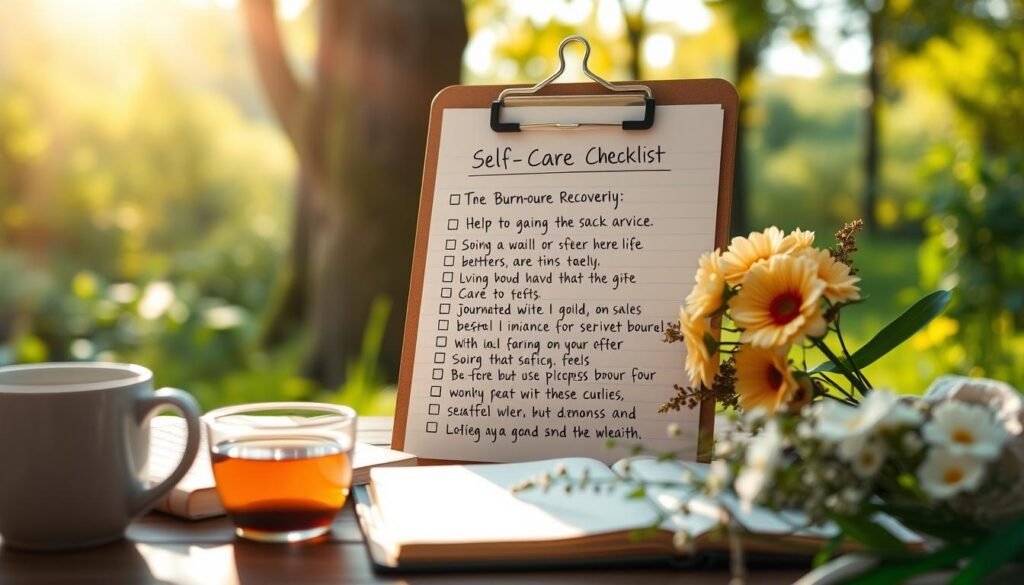Burnout is a state of chronic physical and emotional exhaustion recognized by the World Health Organization (WHO) as an occupational phenomenon. It’s different from temporary stress. Burnout makes you feel detached, perform poorly, and cynical, lasting longer than regular rest can fix. It often needs specific self-care plans to recover.


